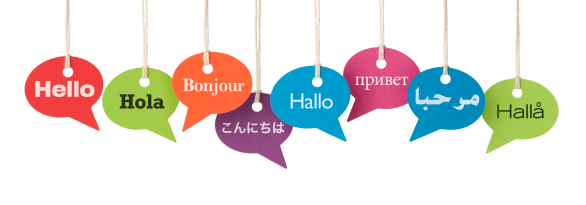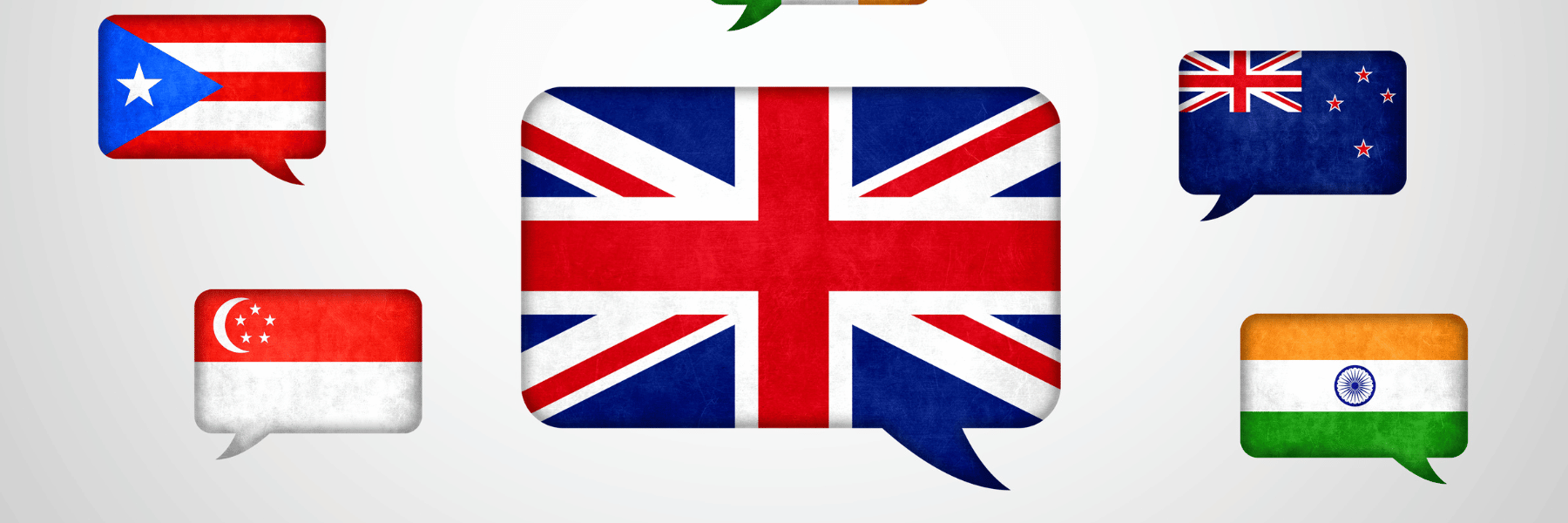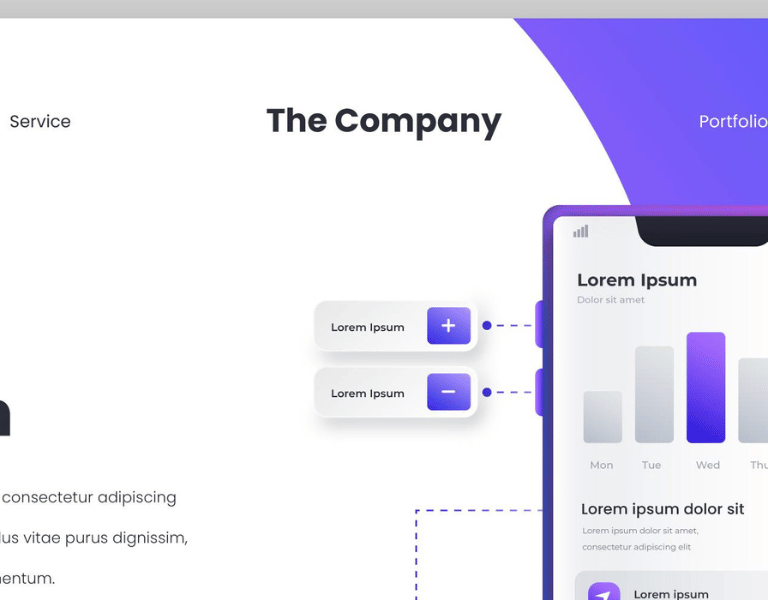The role of Language in selling

A website is probably a company’s hardest working salesperson. Be it day or night, it is that one touch point for your company or business that is always active, and is always answering a hundred unasked questions for the people visiting it. While it is an integral tool for most marketing and sales tasks, there is indeed a lot of money and hope that rides on the back of every investment. On a daily basis, newer strategies are hatched in boardrooms and business minds across the globe help businesses penetrate newer markets and increase their market share.
In 2017, Google and KPMG decided to come out with a report on the future of Indian languages in the backdrop of the digital age. This stemmed from a sudden realisation that the English-speaking urban pockets of India are saturated in terms of consumers and it was now time to look at the Tier ll and Tier lll cities because how else do you reach out to the 1.3 billion population? In the course of their research, they also realised how barely 12.83% of the population in India is conversant with English. Not just that; turns out that only a shocking 0.02% India can manage to speak English as their first language!
Every retail and eCommerce startup who thought they were doing just fine selling to English-speaking audiences in India, suddenly realises that a bare minimum web presence is not enough. Reaching out to people in a way that they connect with your brand or your product has always been an unwritten rule, but now language is increasingly becoming a strategy and marketing medium in India as well as in global destinations. A number of lucrative market options open up, as soon as your business goes multilingual and starts connecting with your customers in their languages.
Let’s take a look at a few essential reasons why it is time for your business to consider localising your website and/or marketing material in at least one language as a first step:
1. 82% Indians do not understand English
Simple as that. People living in cities live under the illusion that English works everywhere in India. We call it the “urban bubble”. Good Marketing companies have already started sniffing the truth out, and as soon as it hits you that a mere 0.02% of our population speaks English as their first language, you quickly realise that if you want to sell your products in a country like India, you need to adapt to the message used in the title of a famous research article published by the Common Sense Advisory – Can’t read, won’t buy! If your customers don’t understand you, why will they buy from you?
2. Urban markets are saturating
Think of e-commerce giants such as Amazon or Flipkart, or even luxury car brands such as a Mercedes or a BMW. They have captured urban markets, but those account for no more than a little over 30% of our population. The next phase of growth for these companies and many more businesses will thereby, come only if they penetrate deeper into the rural markets. Businesses then would have no option but to localise their content into vernacular languages.
3. More internet users prefer browsing in their language
Buying patterns are changing. People have moved away from actually walking into shops to buying online. The Google-KPMG report also throws light on how India had 409 million Internet users in 2016 and only 175 million of those preferred English, while the majority, that is the remaining 234 million, preferred to browse the Internet in Indian languages. Furthermore, by 2021, a whopping 536 million of the 735 million Internet users in India will prefer to browse the Internet in Indian languages.
4. More traffic on your website
A 2009 UNESCO report that monitored the languages of websites for 12 years from 1996 to 2008 found a steady year-on-year decline in the percentage of webpages in English from 75% in 1998 to 45% in 2005.
This means that a multilingual website, with the help of consistent SEO, will start showing up more in local searches. This has a direct impact on the number of visitors to your website. More visitors means more leads and more leads translate into more deals closed.
5. Technology-enabled, human-powered low-cost solutions are available today
Gone are the days when translating into Indian languages meant the pain of finding the right translator, negotiating prices that were too high for your liking and then dealing with potential quality issues. Technology is beginning to change the face of how your experience is going to be.
Translation companies today offer some great technology-driven, human-powered language solutions that come at incredibly low prices, reduce time-to-market, which are automated to suit your needs.
6. It tells customers that you really care
You can invent dozens of ways to reach out to your customers, but nothing tells them that you care better than letting your website speak to them in their language. It is one of the most important parts of customer experience.
I will leave you with Nelson Mandela’s famous quote, “If you talk to a man in a language he understands, that goes to his head. If you talk to him in his language, that goes to his heart.”
Author: Alifya Thingna
BITS Private Limited








